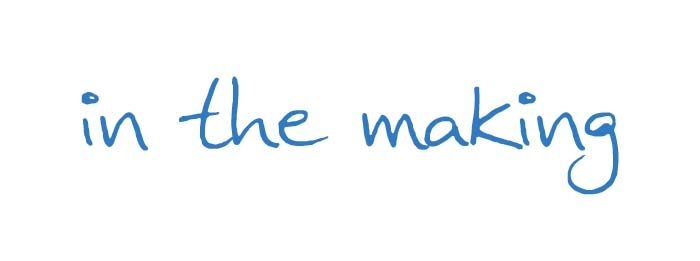 |
| Paul Klee in 1911 |
“First
of all, the art of living; then as my ideal profession, poetry and philosophy,
and as my real profession, plastic arts; in the
last resort, for lack of income, illustrations.”
—Paul Klee.
I visited the Paul Klee
exhibition at Tate Modern in London this week.
Klee (1879-1940) had always seemed a mythical figure to me, inaccessible
and remote in his iconic status and his enigmatic paintings and writings. I approached with trepidation. This was going
to be hard work, I thought, and time to put the “effort” cap on. It turned out in fact to be a most rewarding
experience. This is a large exhibition,
and it was organised sequentially, with particular emphasis on Klee’s constant
experiments with different techniques.
This meant that it was
possible to see the full range of his work, from the most detailed early fine
drawings to the extremely vague spray paintings, via delicate abstract
watercolours, and this helped me to understand and admire him as someone who
bravely experimented throughout his life, had his frustrations and (ultimately)
great successes, and it was an opportunity to see all his work as a unity. I also understood him as someone more accessible
that I could learn from.
The personal and
historical aspects of Klee’s life were well described: for example, the significance of his
friendship with Macke, Marc and Kandinsky (some other members of the Blaue Reiter
group). Only when he met artists such as
this was he able to clarify and develop his ideas more fully. A brief trip to Tunis with these
friends in 1913 was, famously, very important to him. For the first time as an
artist he felt confident about using colour, particularly in an abstract
way. “Colour and I are one” he wrote “Colour
possesses me. I don’t have to pursue
it. It will possess me always; I know it”. For Klee, colours had their own spiritual,
emotional and symbolic properties which are distinct from colours found in “reality”.
 |
| Battle scene from the Comic-Fantastic opera "The Seafarer" (1923) |
Many artists of Klee’s generation
were rethinking art in the contemporary industrial world, and also in the light of a new
awareness of the subconscious. Nowadays
we are rethinking art in the new digital world, but in contrast I don’t think
we are so concerned with the subconscious, rather more we are exploring the mysteries
of the mind and body as a form of neuroscience.
For Klee art was always a balance between the rational and the
intuition, and the successful resolution of that tension is one thing that
makes his work so strong. It is a theme
that runs through all his work, and unites the different “styles” of his
paintings.
The styles reflect his
constant experimentation with techniques. These range from extremely precise
drawing to the vaguest cloud paintings.
He is celebrated for his “gradations”, in which he builds up layers of
overlapping colour, either in watercolour or oil paint.
Another favourite way of working was to reproduce the spontaneity of the
quick sketch (statement from the subconscious?) by monoprinting it onto a clean
sheet of paper which could then be worked in other media to build up the
colour. Later he experimented with spray
paint and pointillisme, and with different surfaces such as raw burlap.
 |
| Ghost of a genius (1922) Oil transfer drawing and watercolour |
 |
| Crosses and columns (1931) pointillist method |
I was also very impressed
with the extreme meticulousness with which he approached his art, particularly
when working out a system of teaching, and in cataloguing and numbering every
single drawing and painting, so he had a quick overview of all his work. How much simpler life would have been for him
in the digital age.
The visit was a most
positive and inspiring experience for me.




No comments:
Post a Comment